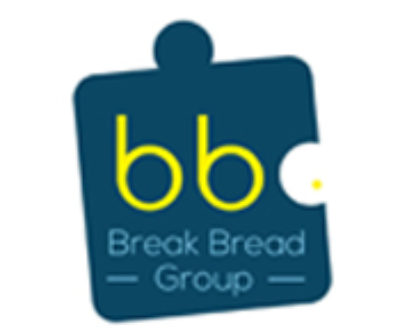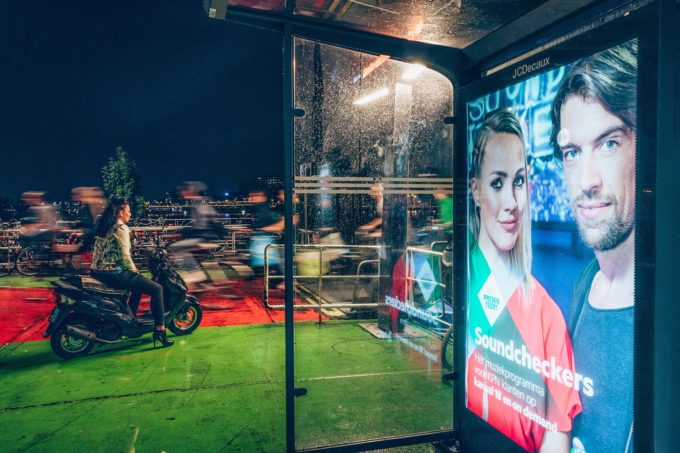April 5, 2019 by Ran Ben-YairNo Comments
Out-of-Home (OOH) advertising is having a fantastic run. It is the only traditional media channel to consistently grow over the last 10 years and is expected to continue growing in 2019, according to the Outdoor Advertising Association of America.
However, OOH teams are often siloed away from broader digital marketing teams and are categorized differently in budget breakdowns and post-campaign analysis. As the field adapts and evolves, continued separation of digital and OOH teams is going to hinder, rather than help, your efforts and results.
Practices of the Past
One of the reasons for the separation of OOH and digital advertising strategies has been the ability (or inability) to reach a specific target audience. In digital media, you are able to segment and target your exact audience relatively easily, capabilities which were traditionally not available for OOH—at least not with the same levels of granularity.
Another reason is measurability. One of the frequent statements you’ll hear in the industry is that if you want measurable results, you have to go digital. Every digital action, click, engagement, is measured and can be attributed to an activity, therefore securing further funding for it. OOH properties were saved for broad reach and top-of-funnel opportunities, situations where measurability is less critical.
The introduction of digital data sets to physical locations is changing the very core of this understanding.
Location Intelligence Allows You to Use Digital Data Sets in Physical Locations
Location intelligence, which combines mapping data with venue and digital data, now gives teams the ability to index physical venues and properties against a very specific audience, just like digital. For OOH, the result of this is that brands and advertisers can use one unified approach for targeting and focus on audiences as well as properties.
For example, a brand that is looking to connect with a specific young audience that both goes to the gym four times a week and also shops at certain stores can now identify OOH properties that index high for this audience. This works in the opposite direction as well, where any property could be analyzed based on the very specific audience that is exposed to it, and these insights can be used to attract advertisers interested in that segment.
In terms of measurability, new technologies that connect digital signals to physical places have solved the attribution challenge. It is now possible to execute panel-based analyses on the effects that an OOH ad has on foot traffic, in-store lift, and even digital outcomes such as app downloads. This means that a previously top-of-funnel medium now measures ROI and speaks the same language that digital teams are speaking. Attribution proves the worth of the investment and, once proven, OOH can start competing with digital budgets and take its rightful seat at that table.
But nothing brings OOH to the omni-channel table as much as Digital Out-of-Home (DOOH).
Effective DOOH is Already Within Your Reach
According to market research by MAGNA and Rapport, DOOH is already a major advertising force that’s currently generating $6 billion in global revenue. The number of DOOH screens has doubled between 2014 and 2018, and revenue is expected to grow to $10.6 billion by 2023.
What’s fascinating here is that the same exact skills and talents that digital teams apply for online and mobile media can now be used in the physical world. Increasingly, DOOH can be bought programmatically, fusing the best of both the physical and the digital worlds.
The same digital buyer can now use that expertise, seamlessly, to buy DOOH advertising. OOH and mobile can now share the same strategies—such as location targeting, moment marketing, and more—to drive a higher performing media mix.
OOH will never be siloed again. As DOOH inventory increases and location intelligence advances, the gap between physical and digital advertising is shortening. OOH is taking a larger share of the market year after year, becoming an integral part of your media mix and creating a consistent, end-to-end consumer experience and journey.
This article was repurposed from Street Fight on 17 April 2019.

